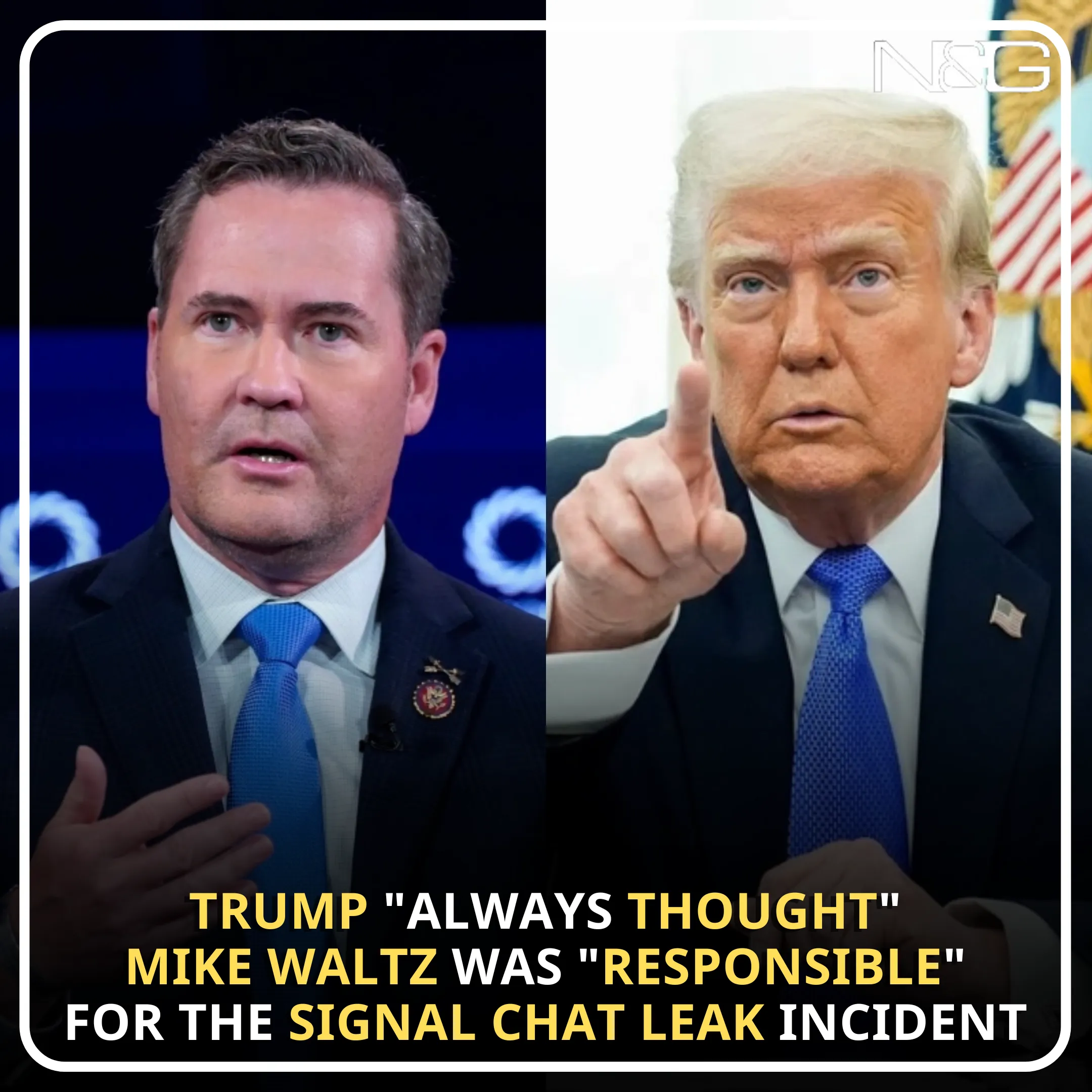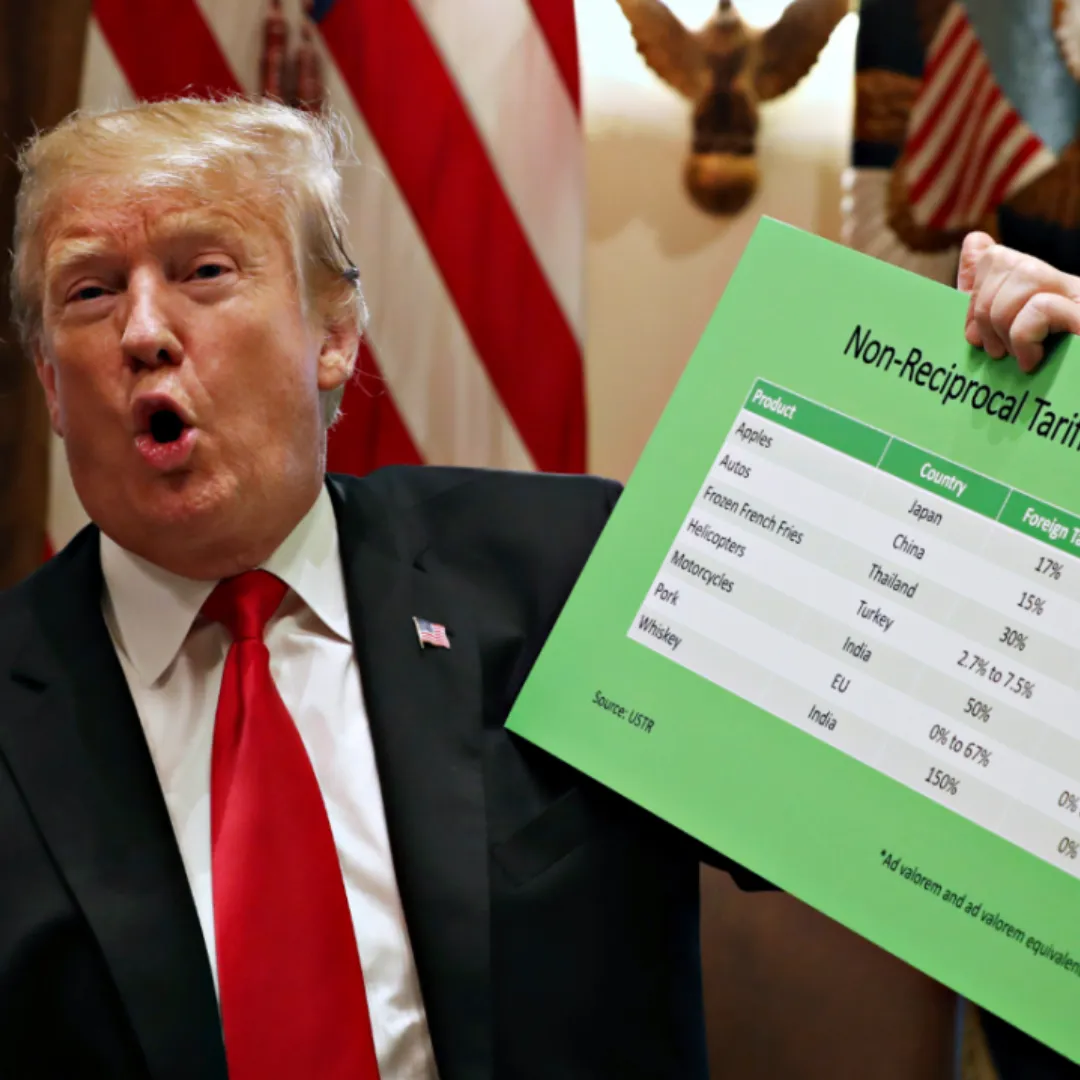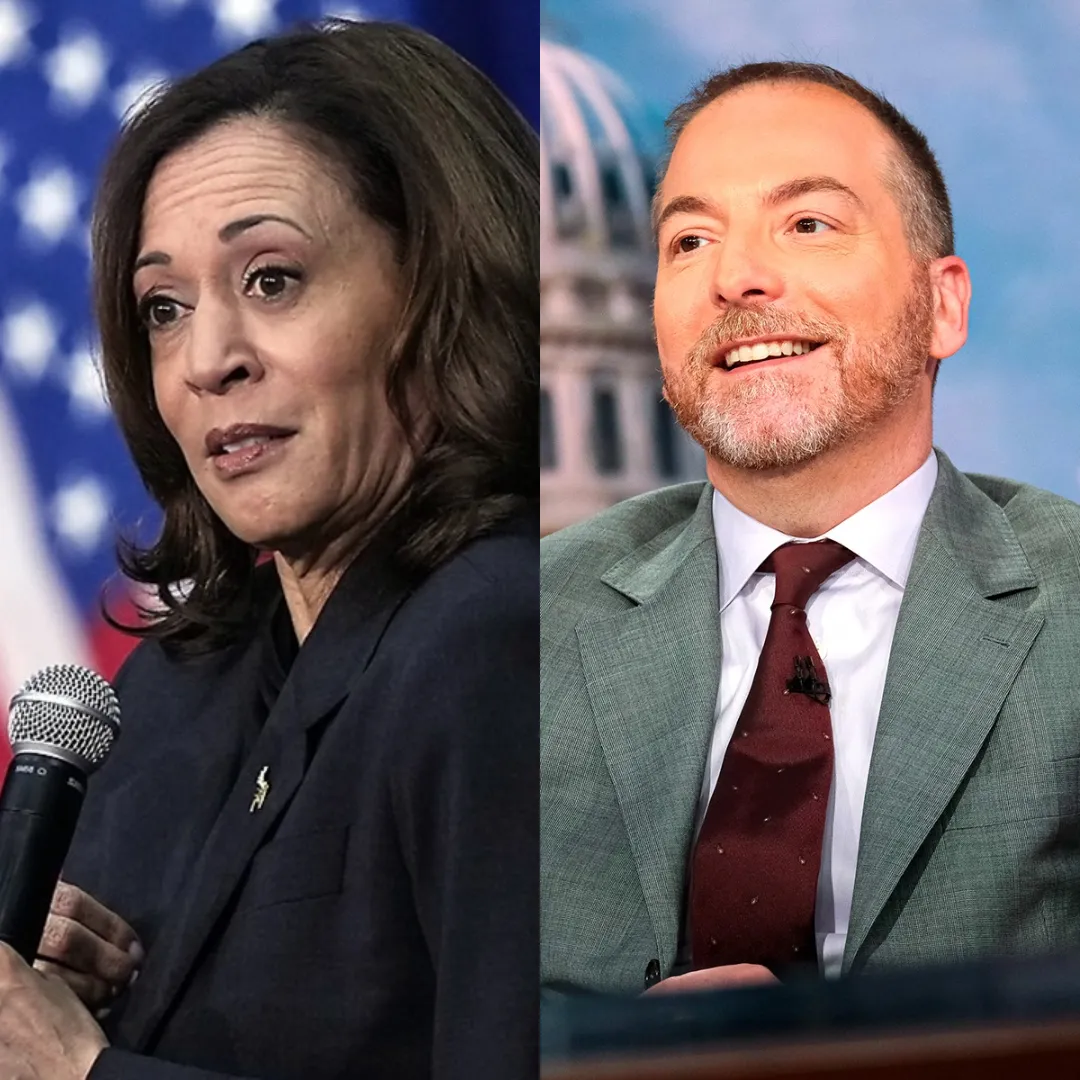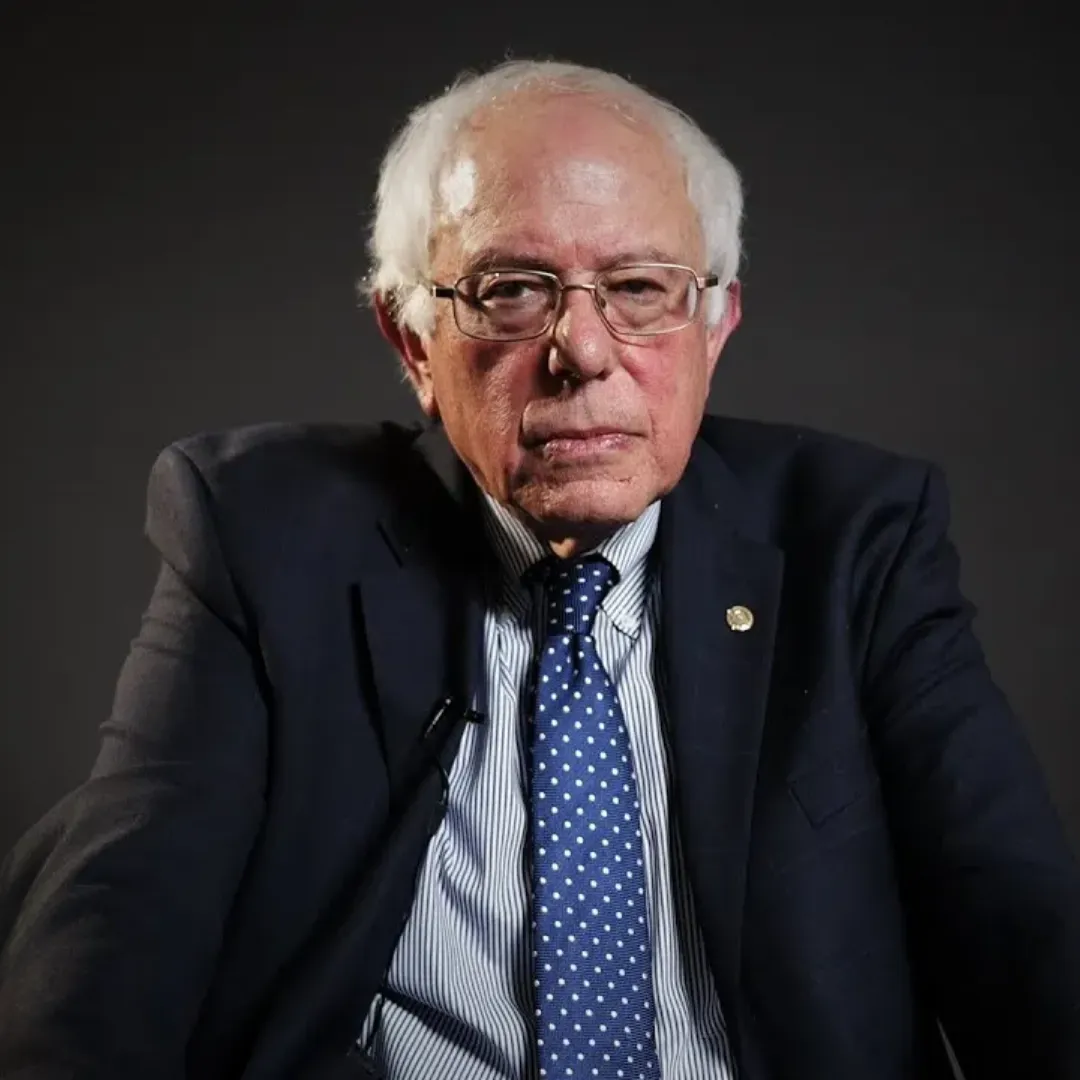
Even as Elon Musk signals a step back from his official role in the Trump administration, the billionaire’s influence over the federal government appears far from over.
In just under three months, Musk has managed to seed key federal agencies with loyalists, restructure critical operations, and reshape Washington’s approach to technology and cost-cutting—all under the umbrella of DOGE, the administration’s Department of Government Efficiency.
Though Musk may soon exit the White House’s inner circle, the network he built is designed to outlast his tenure—and perhaps even this administration.
Musk no longer needs to be holed up in the Secretary of War Suites of the Eisenhower Executive Office Building, nor must he continue to attend Cabinet meetings to exert control.
His real legacy lies in the dozens of allies he’s installed across the federal bureaucracy—many in senior roles with no fixed end date.
From the Office of Personnel Management to the State Department and the Department of Transportation, Musk-aligned political appointees and chief information officers now have a foothold across Washington.
Many of these roles were once career civil service positions, but under Trump and Musk, they’ve become strategic appointments, filled with ideologically aligned, tech-savvy individuals with close ties to Silicon Valley.
“These are not short-term hires,” said one person familiar with DOGE’s inner workings, who spoke on condition of anonymity. “This isn’t just about 2025. This is about shaping federal policy and operations for a decade.”

The Department of Government Efficiency (DOGE)—Musk’s brainchild within the Trump administration—has one core mission: slash spending, streamline bureaucracy, and consolidate federal operations under a singular administrative framework.
At a March 20 staff town hall at the General Services Administration (GSA), Acting Director Stephen Ehikian outlined DOGE’s next phase: centralization.
“We’ll be focusing on consolidation,” Ehikian said, according to a recording obtained by POLITICO.
“Right now, we’ve got multiple ticketing systems, finance systems. We’re going to be building the playbook.”
The goal? Create a unified system for procurement, IT, and financial management across agencies—a shift that would reshape how the federal government operates on a fundamental level.
DOGE has also set its sights on a $1 trillion savings target, though that number has been disputed.
Many proposed reforms have been tied up in court challenges, and others have been accused of overestimating savings or lacking verification.
Still, the perception of action—and disruption—has become DOGE’s brand. And for Musk, disruption is the point.
Musk’s fingerprints extend well beyond DOGE. He has helped place trusted allies in powerful positions across government IT leadership. These include:
- Thomas Shedd at the Department of Labor
- Scott Coulter at the Social Security Administration
- Clark Minor at the Department of Health and Human Services
- Gregory Barbaccia at the Office of Management and Budget
- Ryan Ridel at the Department of Energy

These chief information officer roles hold enormous sway over how federal agencies adopt technology, manage data, and execute modernization plans.
Once strictly nonpartisan, these positions have now become extensions of Musk’s Silicon Valley influence—an evolution some critics call dangerous.
“They’re effectively giving the keys of the digital government to people aligned with a private industrial empire,” said one cybersecurity expert. “And that empire happens to be run by Elon Musk.”
Reports suggest Musk will soon reduce his official duties in the Trump administration. But insiders agree that won’t mean disengagement.
“People are assuming he’s still going to be intimately involved after he leaves,” said one former DOGE associate.
“That’s because of what we know about him: he can’t not be involved with something he’s passionate about.”
Musk holds a "special government employee" designation, limiting him to 130 days of federal service per year.
However, that time doesn’t have to be used consecutively—meaning he can strategically return as needed throughout the year to steer priorities, review progress, or shift strategies.
And for now, he remains in regular contact with DOGE engineers, personally weighing in on which programs to eliminate and which departments to restructure. Few expect that to change anytime soon.
Musk’s involvement with the federal government has always been more hands-on than symbolic.
Unlike previous major donors or influencers, he has taken an almost obsessive interest in the granular work of governance.
His style at DOGE mirrors his work with "America PAC", the super PAC he created to back Trump’s 2024 campaign. Musk didn’t just fund it—he ran it like a start-up.

“He was in weekly meetings, going over data, suggesting new campaign tactics, even coming up with slogans and contests,” said one former PAC staffer.
“That’s not normal. Sheldon Adelson wasn’t out there asking how many doors got knocked on that week.”
That operational obsession is what makes Musk different—and why his departure won’t really be a departure at all.
Musk’s closest allies aren’t just buried in bureaucratic roles—they’re also seated at the top of the administration.
Vice President JD Vance, a longtime Musk supporter, has made clear that DOGE’s work will continue—regardless of whether its founder remains officially involved.
“The work of DOGE is not even close to done, the work of Elon is not even close to done,” Vance said during a recent press conference.
“DOGE has got a lot of work to do and yeah, that work is going to continue after Elon leaves.”
The statement, seemingly casual, was in fact a clear signal: Musk’s vision for reshaping government is now embedded in the Trump-Vance agenda.
While Musk’s allies praise his focus on modernization, critics warn that his strategy amounts to a techno-political takeover of public institutions.
“They’ve turned ideology into infrastructure,” said a former GSA official. “What we’re seeing isn’t just efficiency—it’s consolidation of power.”
And with DOGE still in the early stages of its restructuring campaign, many experts worry that the changes being made now—under the radar—will have long-term implications for transparency, accountability, and democratic oversight.
“Once these structures are in place, they’re incredibly hard to undo,” said one policy analyst. “Musk might step back from the spotlight, but the system he helped design will run on its own.”

As Musk prepares for a possible step back, the DOGE project has taken on a life of its own. It is staffed by dozens of political appointees with undefined end dates and supported by powerful figures in the White House.
“It’s like he’s writing the software for a new federal government,” said one former tech executive now working in Washington.
“He doesn’t need to be in the room anymore. The code’s already running.”
And Musk’s proximity to power is no longer theoretical. He’s already shaped digital policy, procurement structures, and hiring pipelines.
His influence extends into budgeting decisions, cybersecurity frameworks, and how agencies interface with the public.
DOGE engineers are still working around the clock, cutting costs, centralizing systems, and pushing agency heads to adopt a more corporate-like approach to governance.
With each change, they move closer to realizing Musk’s long-term vision.

For the administration, Musk was never just a donor or a disruptor—he was an architect. And like any good architect, he’s ensured that the structure will stand even when he walks away.
The building is his. The blueprint remains.



